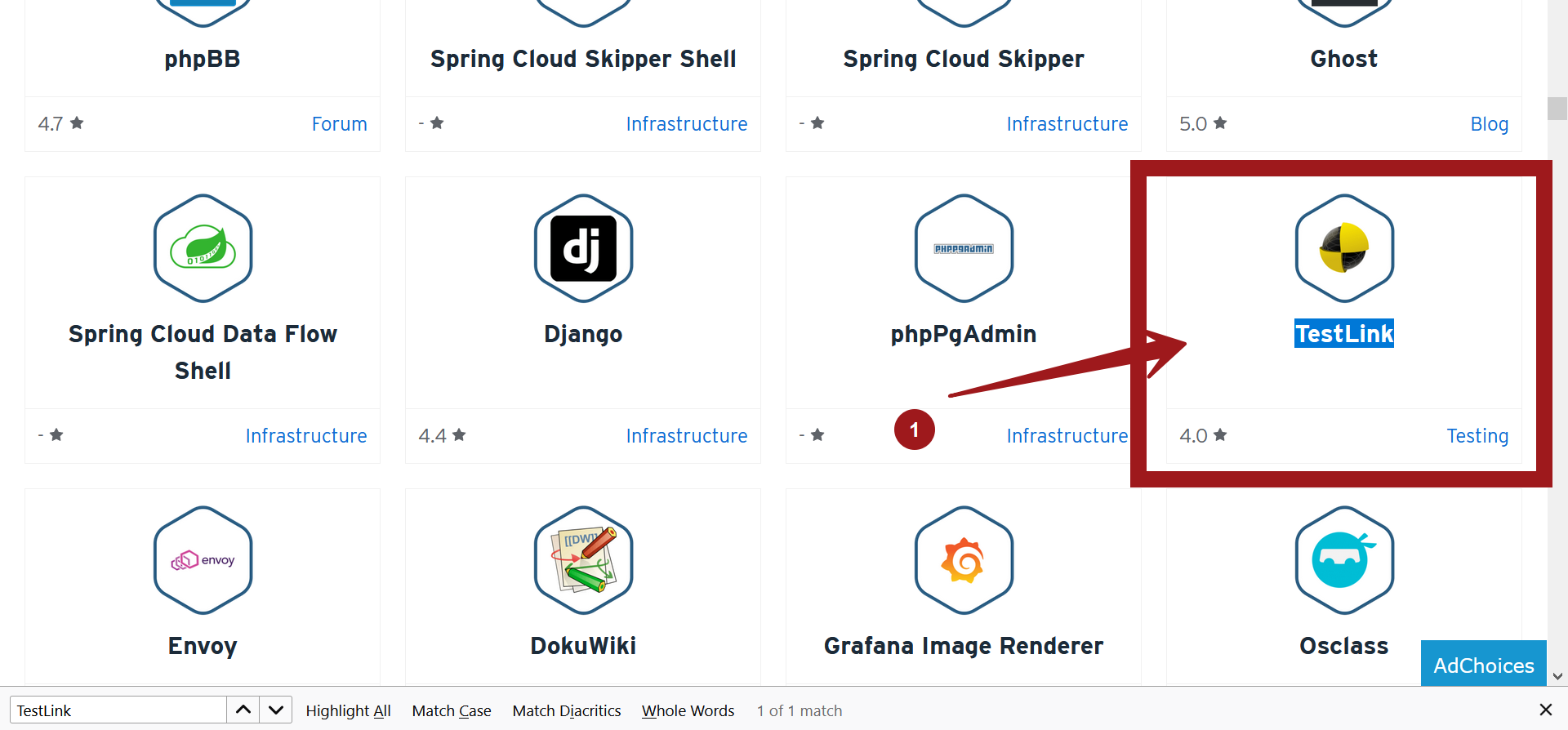

- #BITNAMI MEAN NODE APP FOREVER INSTALL#
- #BITNAMI MEAN NODE APP FOREVER UPDATE#
- #BITNAMI MEAN NODE APP FOREVER CODE#
The CMD instruction specifies the command to run when the image starts.For security reasons, it’s recommended to always run your application using a non-root user account. The RUN commands create a non-root user account that the application will run under.

#BITNAMI MEAN NODE APP FOREVER CODE#
#BITNAMI MEAN NODE APP FOREVER INSTALL#
It’s used to run npm install to install the application dependencies. The RUN instruction executes a shell command.The COPY instruction copies the source code from the current directory on the host to the /app directory in the image.The NODE_ENV environment variable is defined so that npm install only installs the application modules that are required in production environments.Since the example application used in this guide is a Node.js application, Bitnami’s Node.js development container is the best choice for the base image. Bitnami offers a number of container images for Docker which can be used as base images. The FROM instruction kicks off the Dockerfile and specifies the base image to use.Let’s take a closer look at the steps in the first build stage: It is therefore lighter and smaller in size than the development image and is commonly used in multi-stage builds as the final target image. Note: Bitnami’s Node.js production image is different from its Node.js development image, because the production image (tagged with the suffix prod) is based on minideb and does not include additional development dependencies. If you don’t have an existing Node.js application, follow the steps below to create one:Ĭreate a working directory for the application on your local host: To begin the process, ensure that you have access to the application source code. Step 1: Create or obtain the application source code

Learn more about containers in our YouTube video, on Wikipedia and on ZDNet. You have a basic understanding of how containers work.

You have a Docker environment installed and configured.This guide makes the following assumptions: In case you don’t have a Node.js application at hand, you can use this simple “Hello world” application. This guide focuses on creating a secure and optimized Docker image of a custom Node.js application using Bitnami’s Node.js production image.
#BITNAMI MEAN NODE APP FOREVER UPDATE#
It also guides you through the steps to follow when you update your application and need to rebuild and republish it for your users. This guide walks you through the process of creating an optimized, secure Docker image of a custom application using a Bitnami base container, then testing it and publishing it online. And, because Bitnami container images are always secure, optimized and up-to-date, you can rest assured that your application always has access to the latest language features and security fixes. Once created, you can run and test your application with Docker, or publish it online so that others can find and use it. If you’ve seen Docker in action and then wondered “can I use this with my own application”, then you’re in the right place.īitnami makes it easy to create a Docker image of your own application using its production-ready container images. Docker is a popular choice, because it provides tools that make it simple for developers to build, run and publish applications in containers.


 0 kommentar(er)
0 kommentar(er)
